One of the by products of a construction project is waste. This can take the form of demolition debris, excess soil, packaging, and extra materials. With an increasing awareness of how much waste is generated on a construction project and reduced capacity at landfills, contractors must address construction waste management on almost every project. Here’s a look at what construction waste management is, three methods to address it, and how to write a waste management plan.
What is construction waste management?
Construction waste management involves the planning and tracking of the materials and debris that flow in and out of a project site. Its goals are to reduce the impact on landfills and develop markets for materials reuse and recycling. Most projects manage their waste by creating and following a waste management plan, which must meet both state and local regulations.
What are the major sources of waste in construction?
It’s estimated that about 30% of the materials delivered to a site end up as waste. Much of this waste is packaging and additional materials ordered that are trimmed to meet dimensions. More than 90% of construction debris comes from demolition activities, whether it’s a building, road or other structure. According to a 2018 EPA report, construction and demolition waste is comprised of the following materials:
- 67.5% concrete
- 17.8% asphalt concrete
- 6.8% wood
- 2.5% asphalt shingles
- 2.5% drywall and plasters
- 2.0% brick and clay tile
- Less than 1% steel
3 Waste management methods
There are three basic ways to control or reduce construction waste: reduce, reuse, or recycle. The most successful approach is to implement all three as much as possible. The methods you use will depend on the types of materials that will be used or removed from the site.
1. Reduce waste
Of course, the best method of controlling waste is to not create it all. Ordering materials with decreased packaging and designing buildings so that they reduce material waste are a couple of strategies that will help meet this goal.
2. Reuse materials
Materials reuse can involve purchasing salvaged materials or reusing those harvested during demolition. Some projects reuse materials from the demo process and integrate them into the new work as structural or decorative elements.
3. Recycle
Some materials, like steel, can be effectively recycled without a loss of material integrity. By purchasing recycled materials and sending materials to be recycled, a market is created for these goods.
Developing a waste management plan
Many cities, municipalities, and states now require contractors to develop and implement a waste management plan. It’s also required for some green building certifications. The plan doesn’t have to be complicated, but should include the following:
- Identification of potential sources and types of waste
- Determine the best disposal method for each source/type of waste
- Instructions on how to separate or collect materials
- How waste amounts will be tracked and reported on
Contact the local hauler to coordinate the availability of recycling and reuse programs in the area. They will also be able to help you determine the best way to sort materials, as well as provide containers for debris.
As landfills fill up there will be more emphasis on reusing or recycling debris. Contractors will continue to be challenged to dispose of these materials in an environmentally friendly way. By reducing the amount of materials that are delivered to a site, reusing or repurposing existing materials, or recycling, contractors can minimize the amount of waste being sent to the landfill. This is ultimately better for the environment and for all of us.
What Is The Most Essential Part Of Waste Management In Construction?
The most essential part of waste management in construction is the reduction of waste at its source. This involves planning and implementing strategies to minimize waste generation through efficient material usage, recycling, and reusing materials wherever possible, significantly impacting environmental sustainability and cost savings.
How can I Improve Construction Waste Management?
To improve construction waste management, focus on the “Reduce, Reuse, Recycle” approach. Start with designing projects to minimize waste, choose materials that can be easily recycled, and plan for waste separation on-site. Implementing a comprehensive waste management plan that includes training for workers and collaborating with recycling and waste management services can also enhance your construction waste management practices.
In summary, construction waste management is a critical aspect of sustainable building practices, aiming to minimize the environmental impact of construction projects. Effective waste management in construction not only involves the responsible disposal and recycling of waste materials but also emphasizes the need to reduce construction waste at its source. By adopting strategies and practices that prioritize the reduction, reuse, and recycling of materials, stakeholders in the construction industry can significantly contribute to more sustainable and environmentally friendly construction processes. Implementing comprehensive construction industry waste management plans is essential for reducing the ecological footprint of construction activities, conserving valuable resources, and promoting a more sustainable future for the industry.




